Environment
-
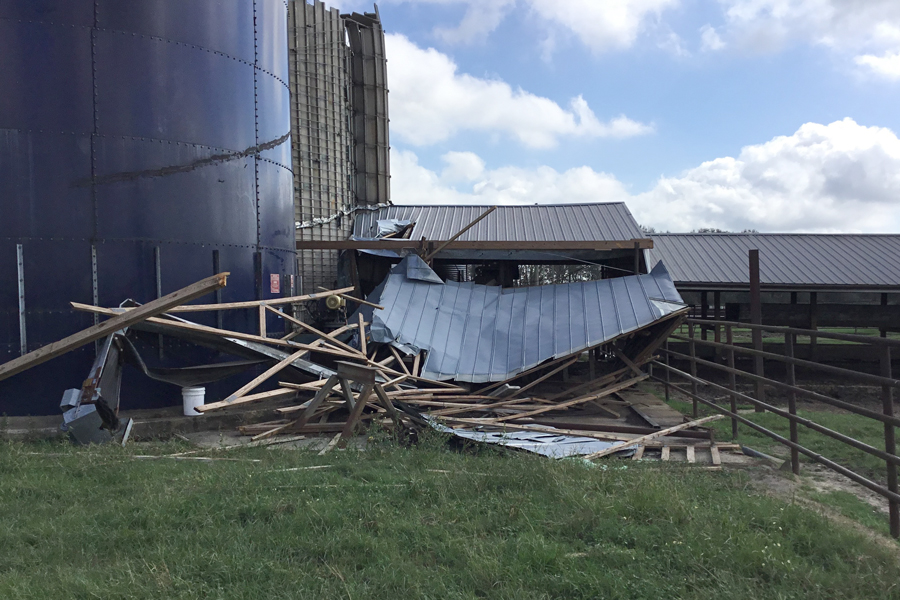
As a result of significant weather events, many producers in Georgia may experience losses of pasture growth, hay stocks, feed supplies, and livestock. After such events occur, farmers will be assessing damage to fields, stock, and property for many days, weeks, months. This publication is intended to provide recommendations to farmers that have experienced adverse affects due to significant weather in their forage and livestock production systems.
Dennis Hancock, Lawton Stewart, and Jennifer Tucker
|
-
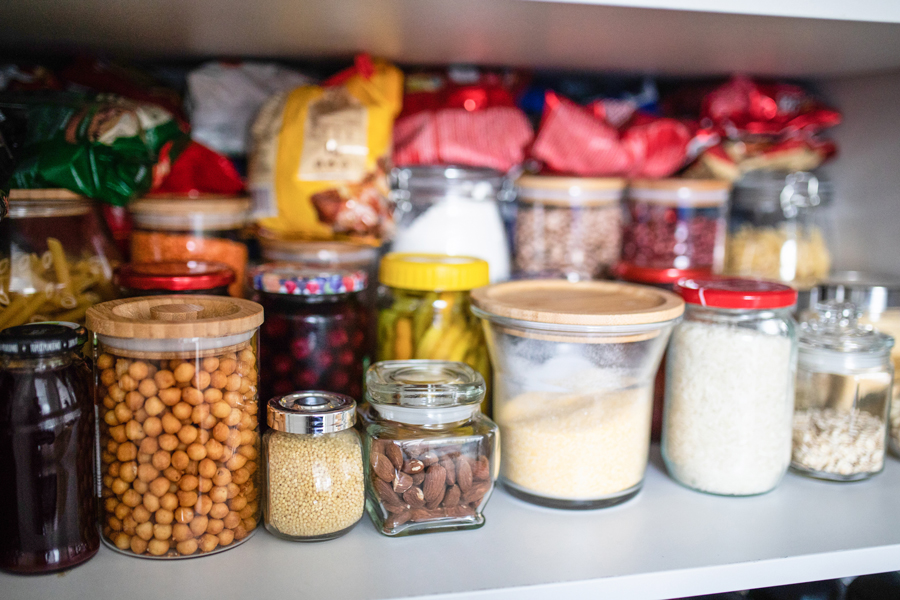
Esta publicación proporciona orientación práctica para individuos y familias, cubriendo aspectos esenciales como la planificación, la selección de recipientes adecuados y el mantenimiento de los alimentos almacenados durante emergencias como desastres naturales. La guía ofrece consejos fáciles de usar sobre variedad de menús, seguridad alimentaria y suministros no alimentarios, lo que garantiza un enfoque holístico para la preparación ante desastres.
Edda Cotto-Rivera, Susan Moore, Carla Schwan, and Kristin Ingmundson
|
-
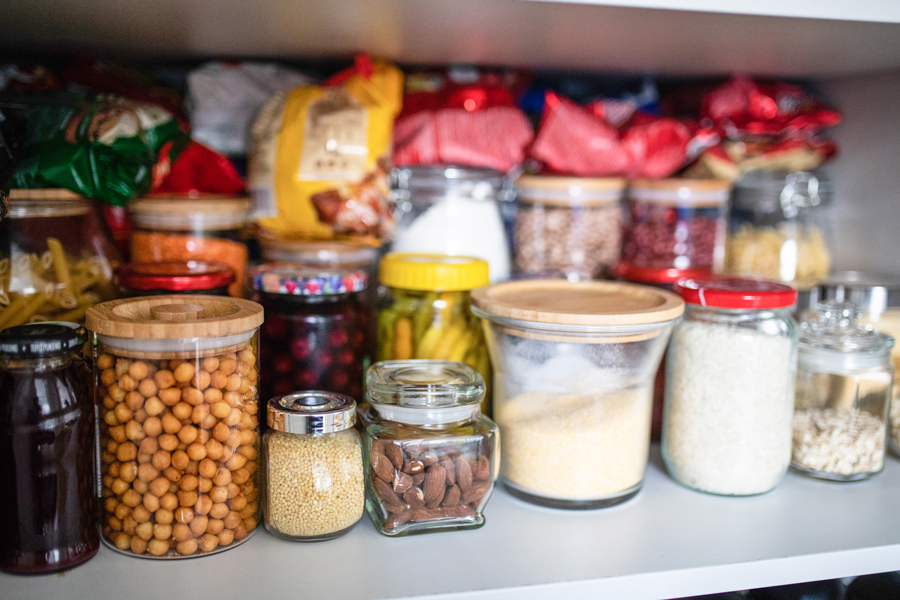
This publication provides practical guidance for individuals and families, covering essential aspects such as planning, selecting suitable containers, and maintaining stored foods during emergencies like natural disasters. The guide offers user-friendly tips on menu variety, food safety, and non-food supplies, ensuring a holistic approach to disaster readiness.
Edda Cotto-Rivera, Susan Moore, Carla Schwan, and Kristin Ingmundson
|
-
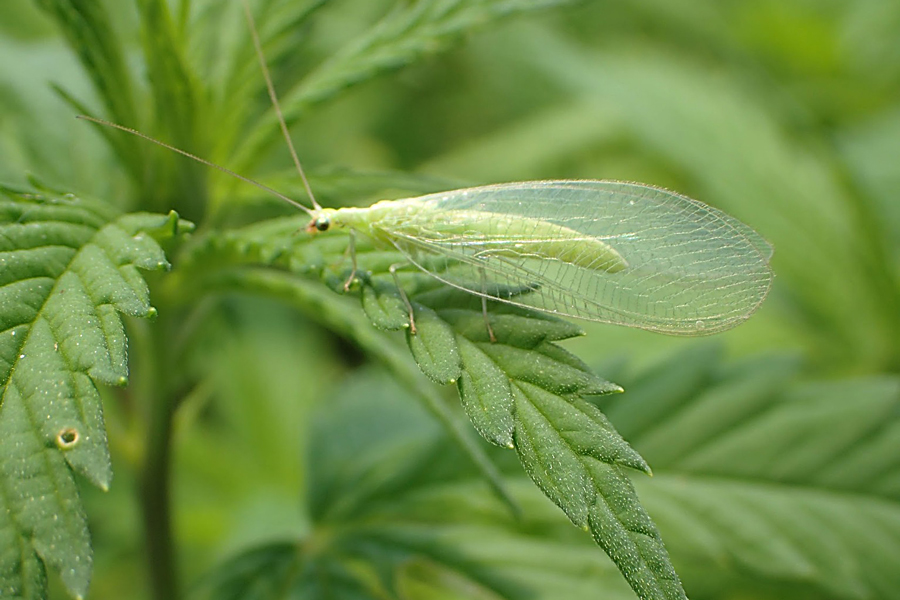
Blueberries are becoming the state fruit of Georgia with considerable acreage planted. Blueberries have many pest challenges and a current invasive pest challenge from spotted wing drosophilia (SWD). While efforts are underway to release new biocontrol agents for SWD, we still know little about the natural enemies in blueberry systems. Here we provide an overview of common natural enemies and conservation strategies for preserving beneficial species in blueberry systems. The work was funded by the NRCS to provide new information on natural enemies and pollinators and help with design and implementation of habitat management concepts.
Svoboda Pennisi, Jason Schmidt, Sarah Rezende, and Subin Neupane
|
-
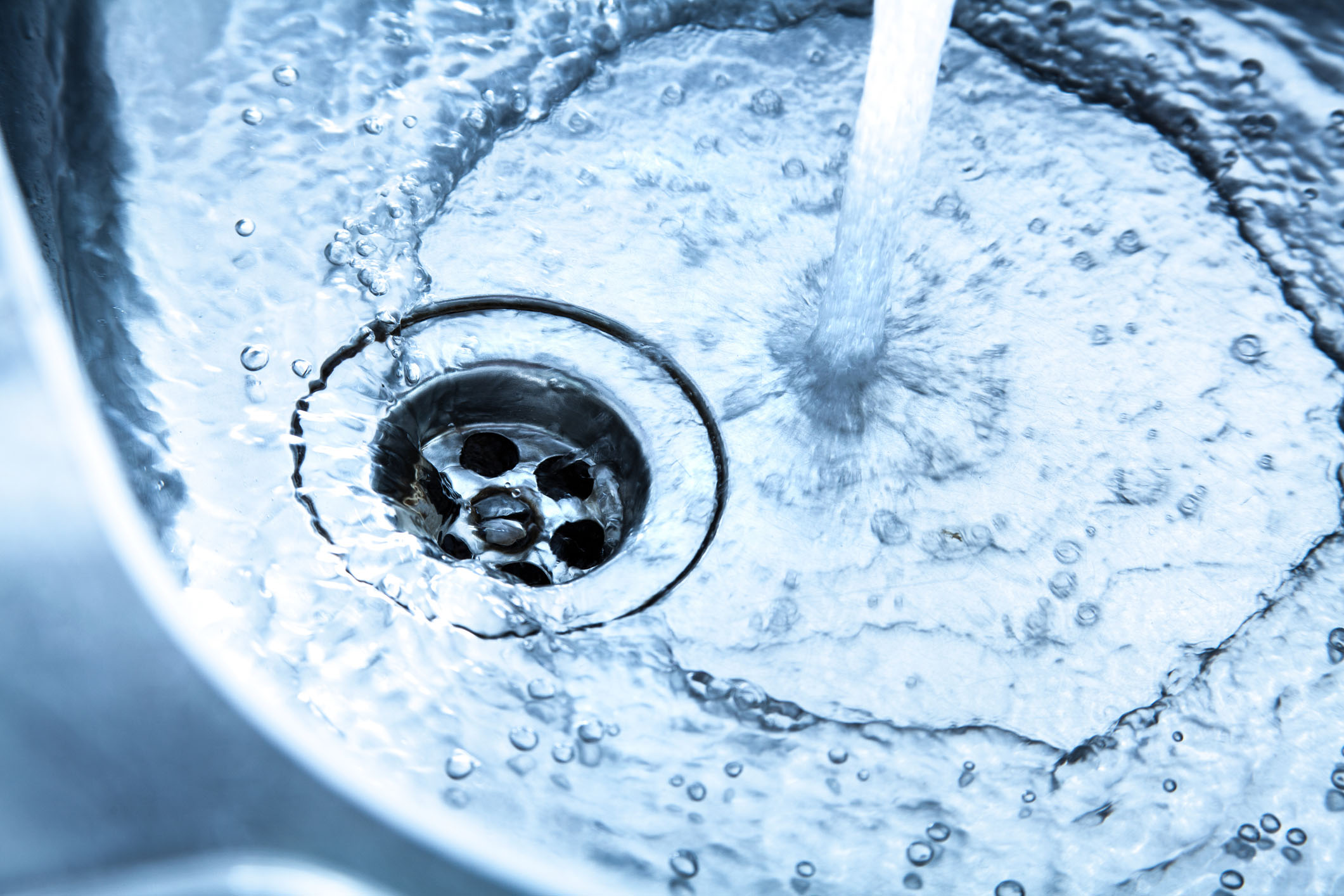
B 1563
Oxidizing Filters
Private well waters often contain high levels of iron, manganese, and hydrogen-sulfide. While these contaminants are not considered to have any human health consequences, they can cause various issues such as staining, impaired taste, and odor problems once their concentration exceeds certain levels, and homeowners need an appropriate system to remove them—such as an oxidizing filter. Oxidizing filters operate using oxidation, which occurs when a substance comes into contact with oxygen or another oxidizing substance. Everyday examples of oxidation are rust and the brown color that develops on a cut apple. This publication discusses various aspects of oxidizing filtration technique such as applicability, types of filter media, maintenance, etc.
Gary Hawkins, Brenda Jackson, Pamela Turner, Uttam Saha, Laurel Dunn, and Laura Ney
|
-
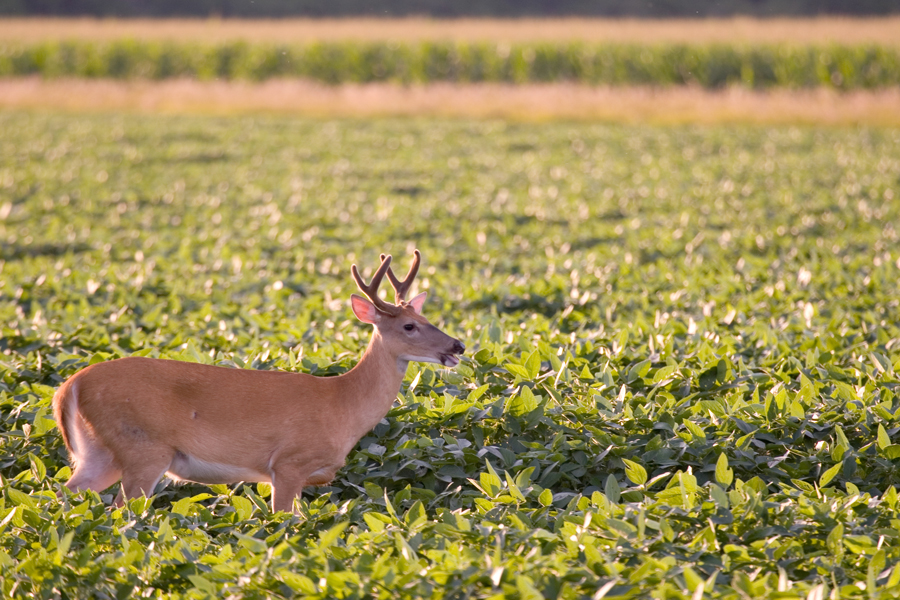
Food plots provide supplemental forage to wildlife during periods when native vegetation is less abundant or lacks nutritional quality. Because deer often prefer fertilized food plot plants to naturally available plants, over-browsing can damage food plots before they become sufficiently established.
Michael Mengak
|
-

Foraging armadillos often uproot ornamental plants. Their rooting also destroys gardens, lawns and flower beds. Their burrowing can damage tree roots and building foundations. Most armadillo damage is caused by their feeding habits.
Michael Mengak
|
-
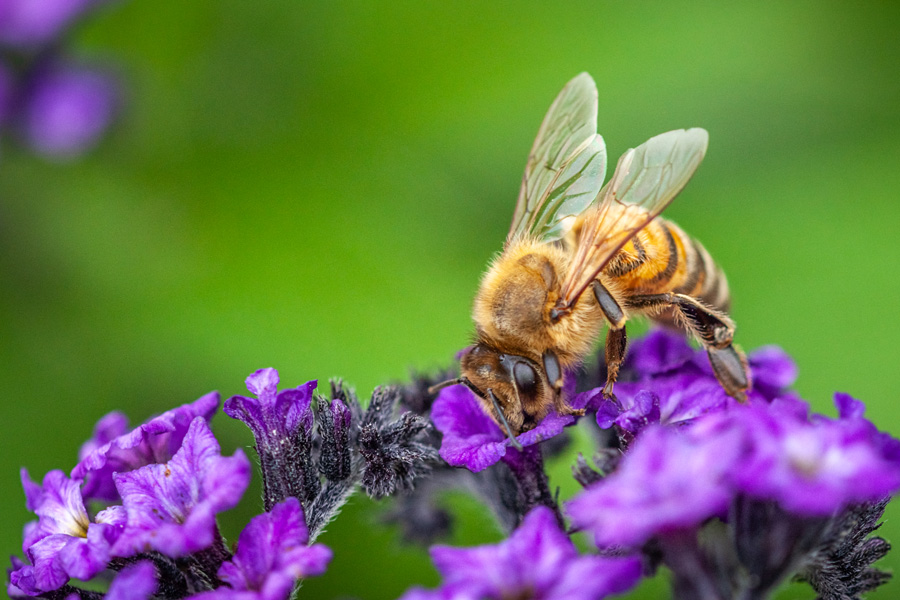
Mosquitoes can transmit a wide variety of pathogens and significantly reduce our quality of life with their aggressive biting behavior. On the other end of the spectrum, pollinators are a critical part of our natural environment, contributing significantly to food production and ecological diversity. Honey bees, along with other pollinators, are susceptible to pesticides, and significant bee kills have occurred because of mistimed or misguided pesticide applications. When conducted properly, an integrated pest management approach does not pose a significant risk to honey bee colonies.
Elmer Gray and Jennifer Berry
|
-
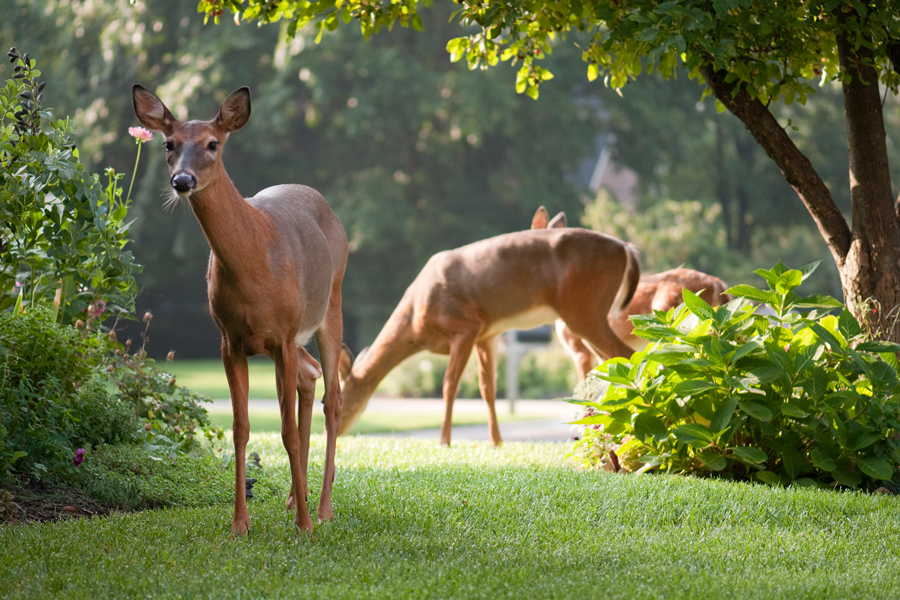
White-tailed deer provide aesthetic and economic value, but deer can cause a variety of negative economic impacts. Deer can damage personal property, agronomic crops, landscape plantings, and food plots, and they serve as a host for diseases common to livestock and humans.
Michael Mengak
|